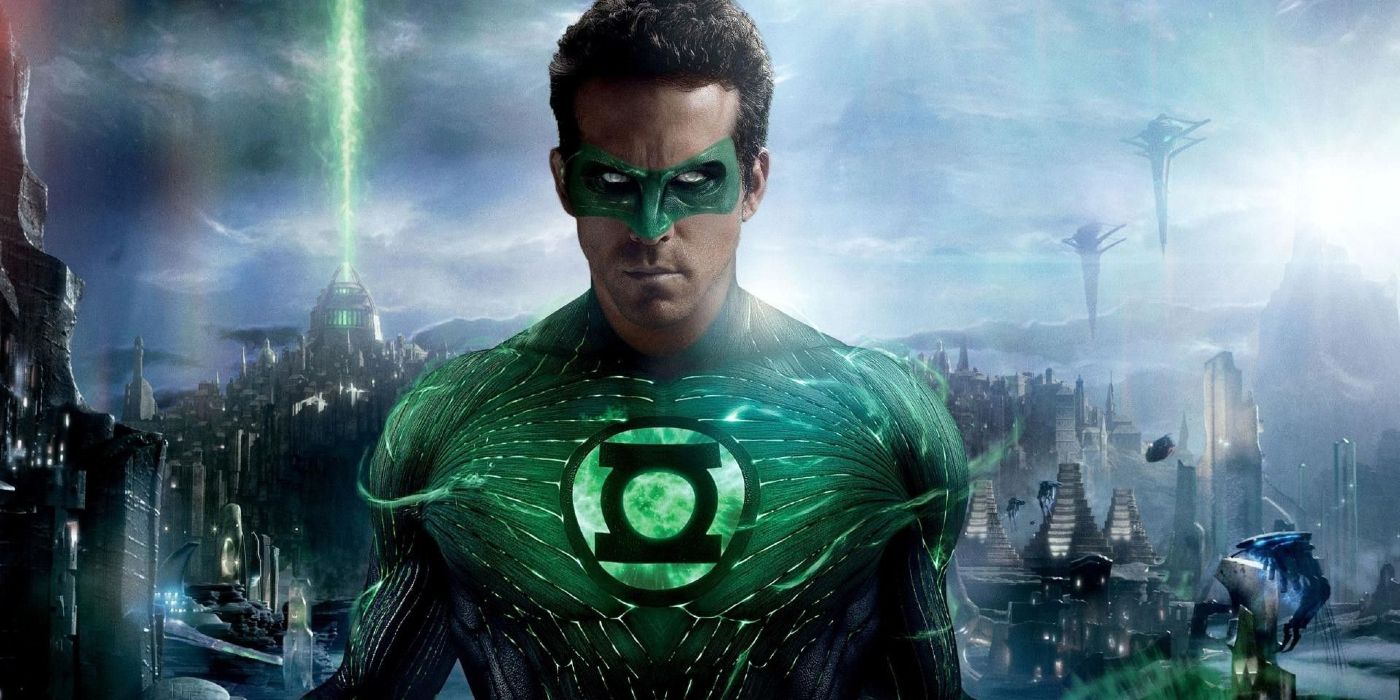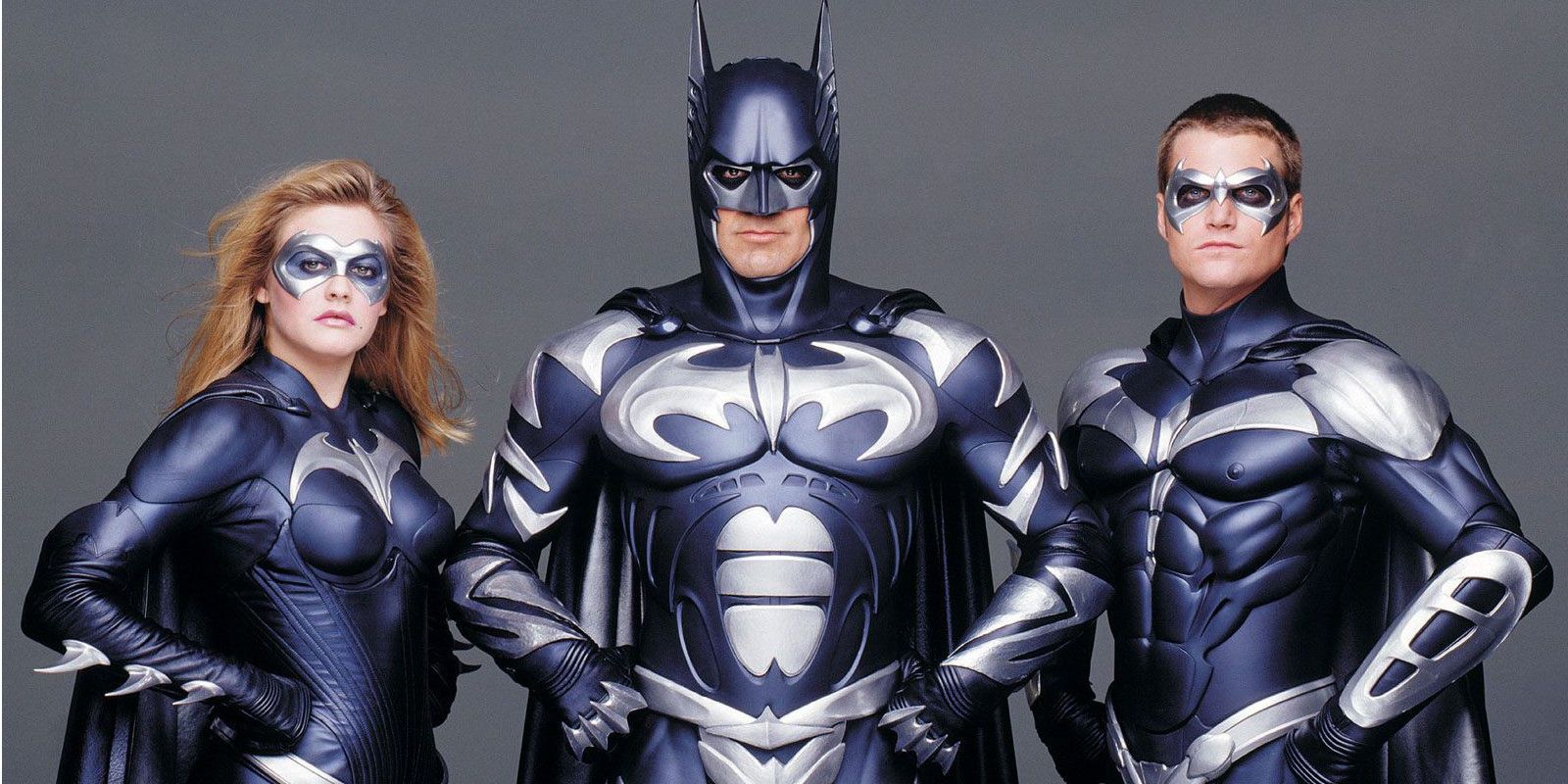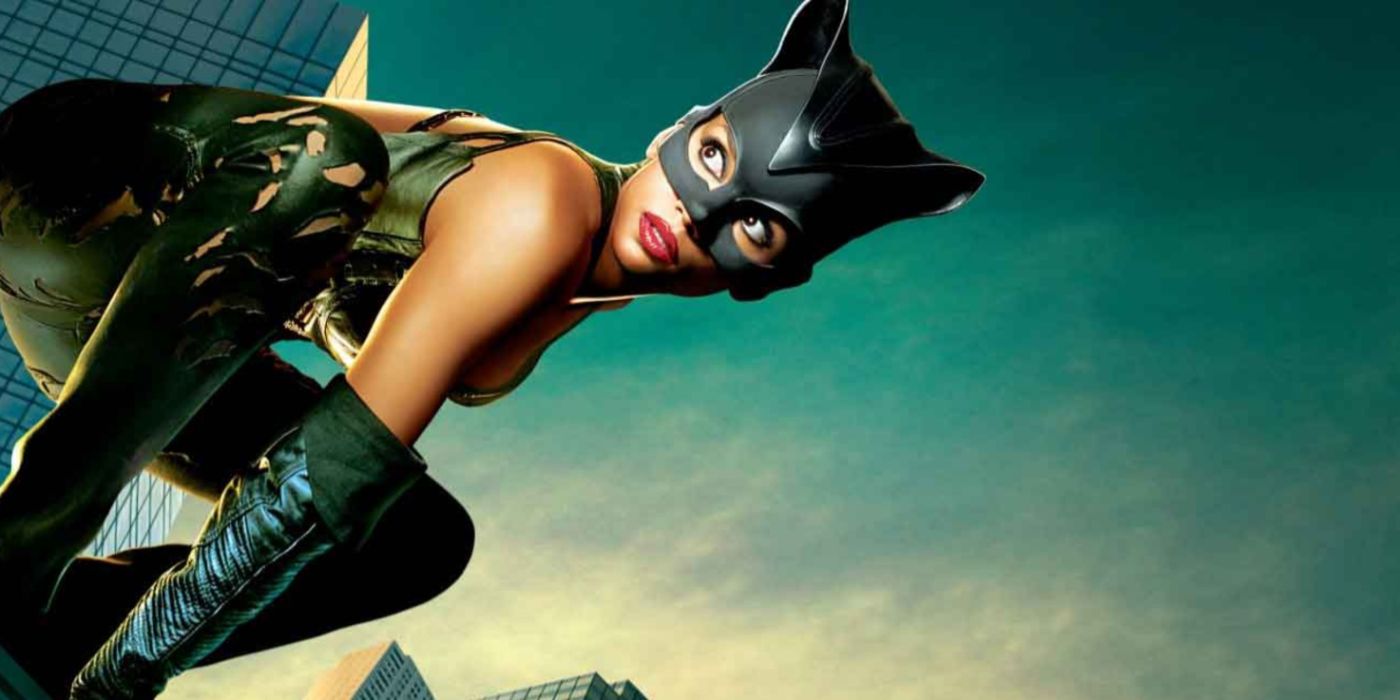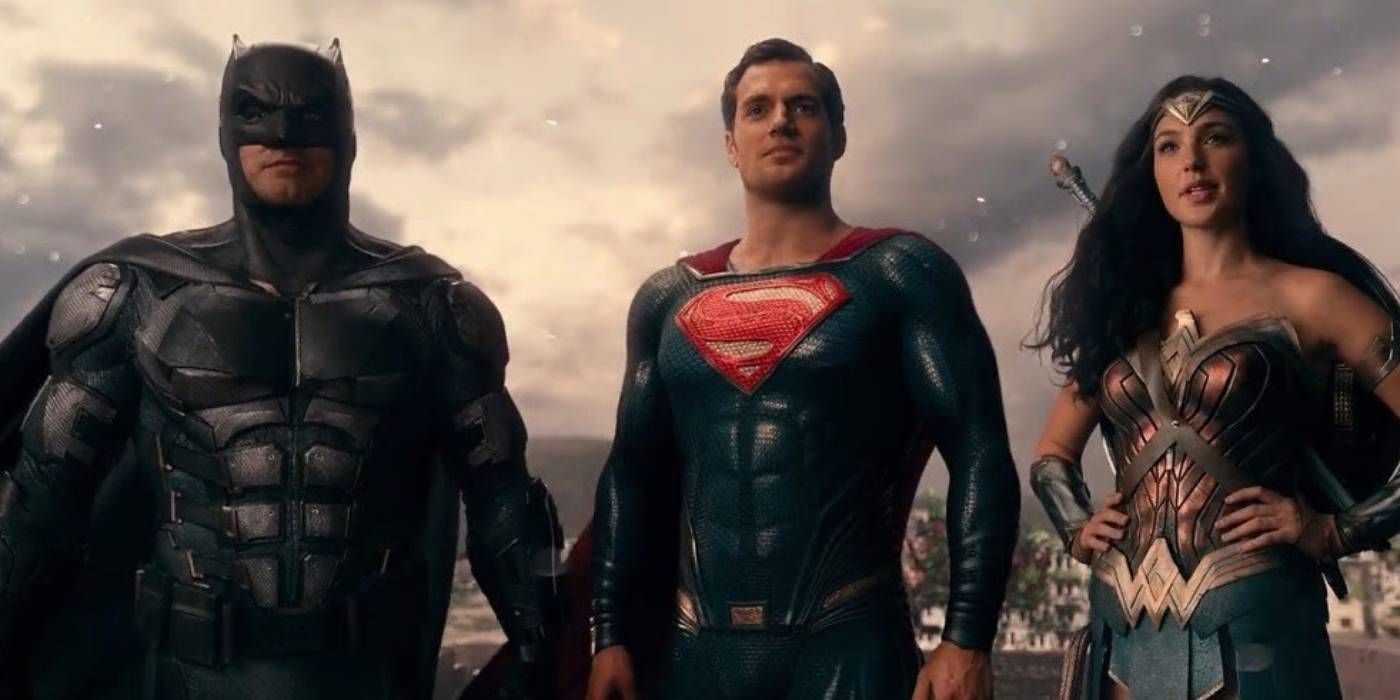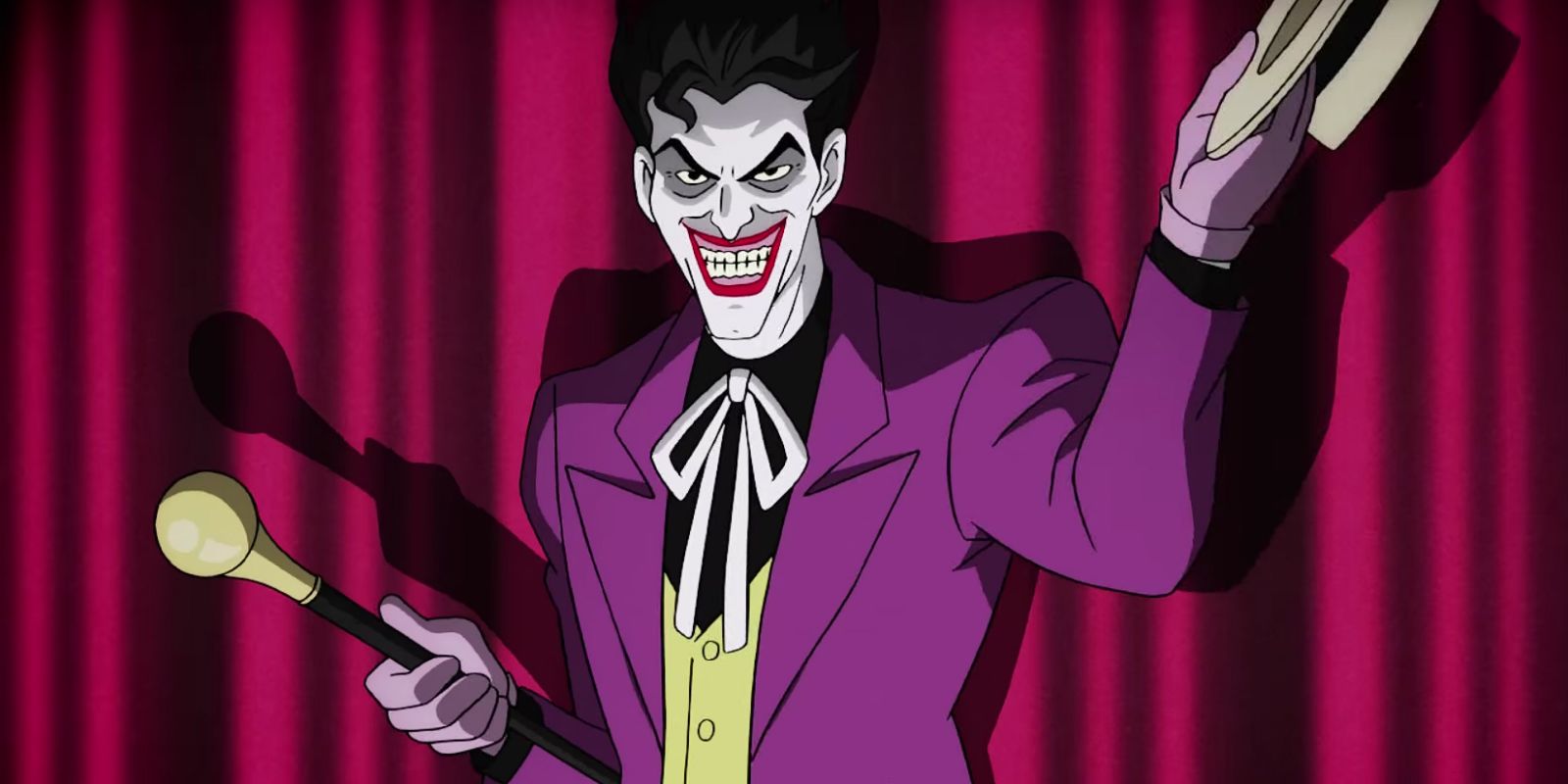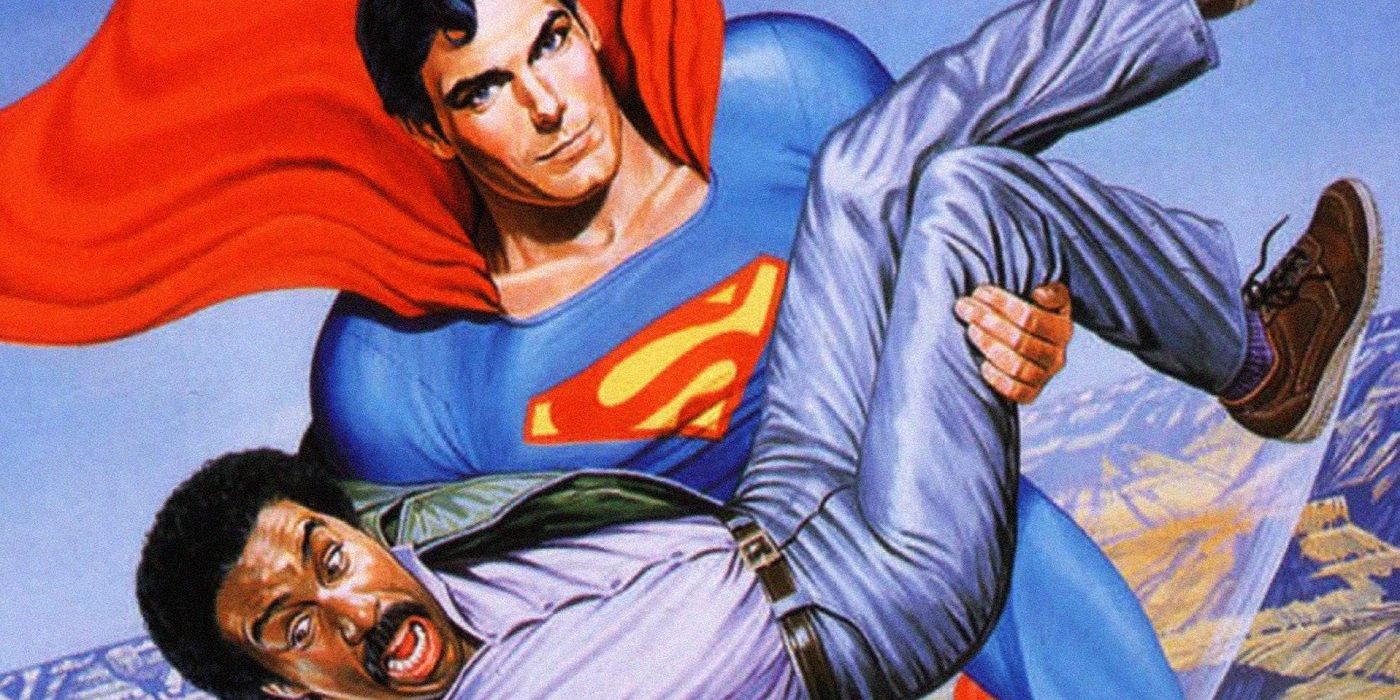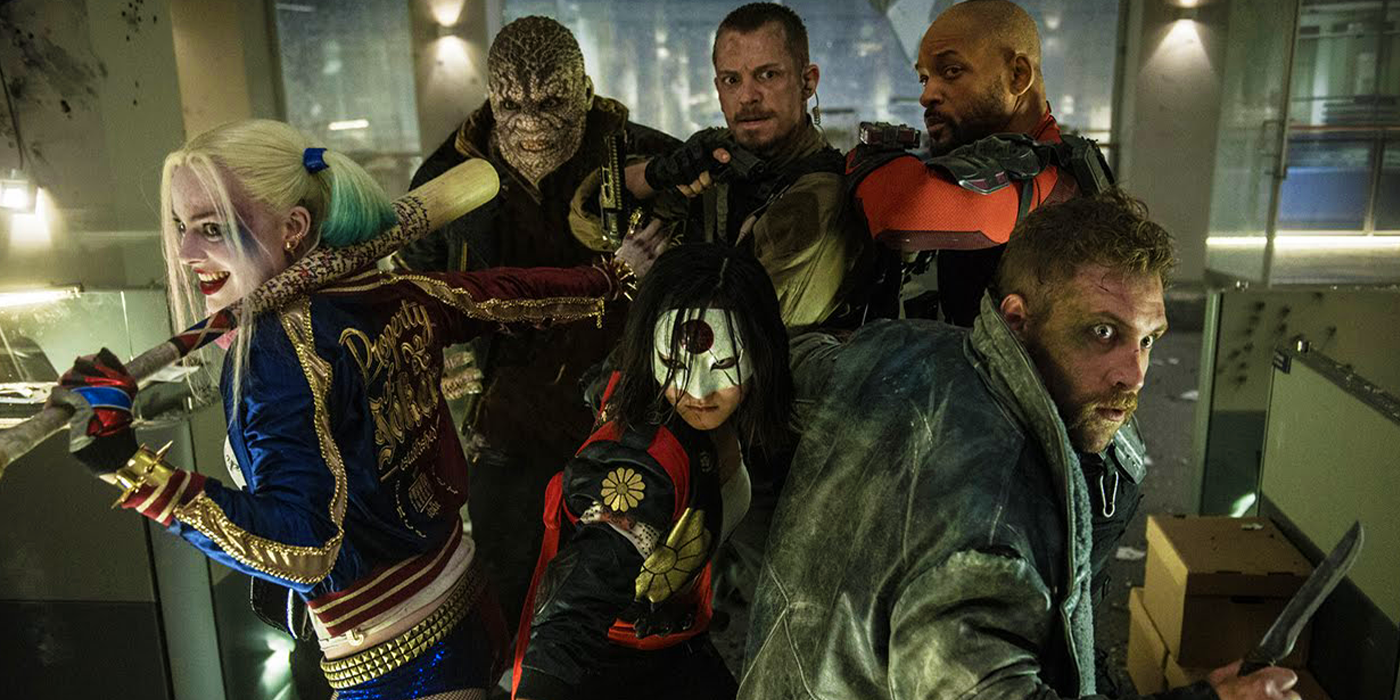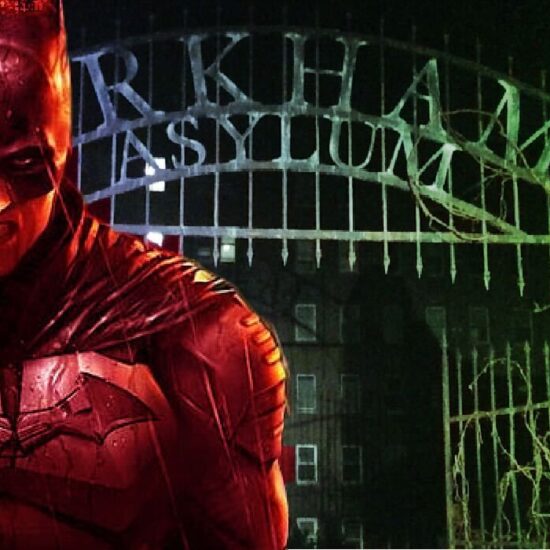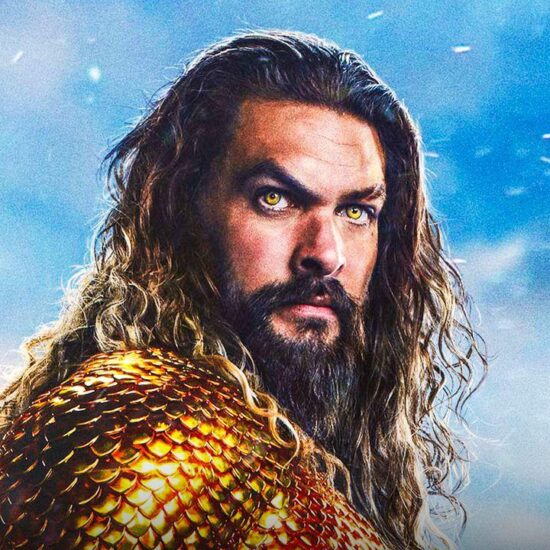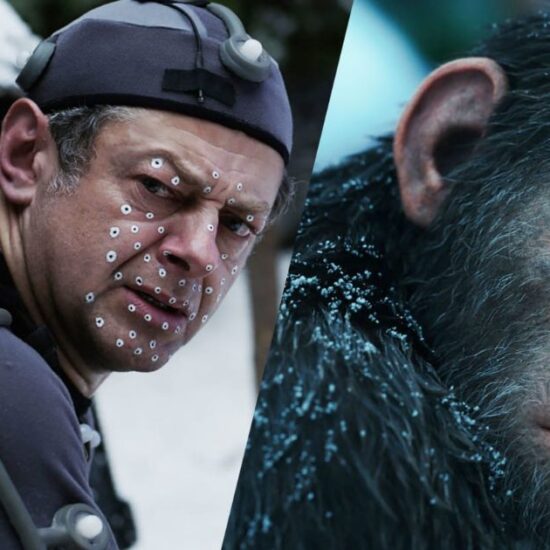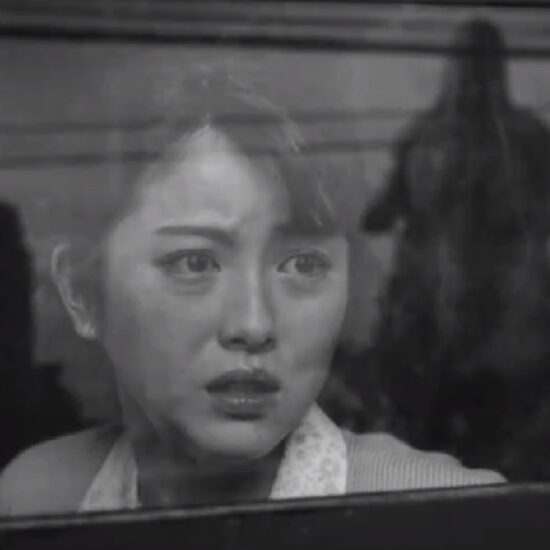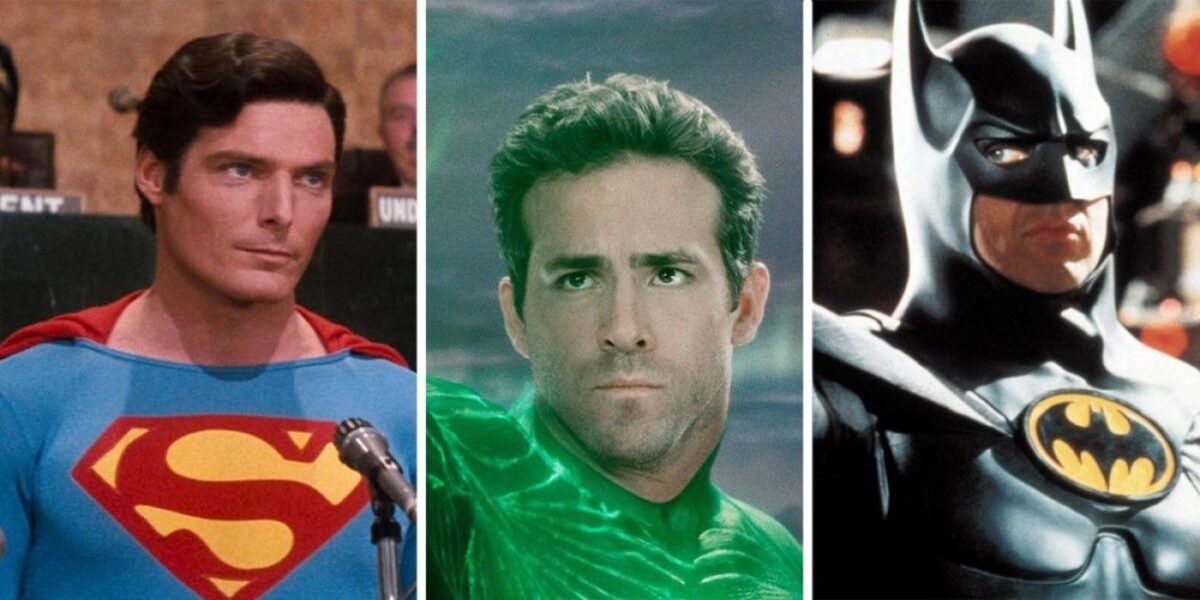
Summary
- Green Lantern failed to properly adapt the characters and lore of the Green Lantern comics, resulting in a critical and commercial failure.
- Batman & Robin’s drastic tonal shift sabotaged the original Batman movie franchise by alienating fans with its focus on marketability and merchandise.
- Catwoman proved that an award-winning lead actress and familiar intellectual property need to be matched by a proper narrative and character development.
DC’s forthcoming shared movie universe reboot – the DC Universe, can benefit from paying attention to the biggest mistakes made in older DC movie adaptations. The DCU’s predecessor, the DC Extended Universe, was a divisive franchise, for better or worse, having been created to compete with the game-changing Marvel Cinematic Universe and trying to mimic some of its aspects while distinguishing itself as a different franchise in other ways. Despite having a degree of loyal viewership, the DCEU movie timeline did not match the success of the MCU, and a string of critical and commercial failures, combined with new leadership, resulted in a now imminent soft-reboot.
DC’s earliest superhero films are considered classics, with 1978’s Superman and 1989’s Batman helping establish the superhero blockbuster. Superman broke new ground by being the first big-budget superhero epic, and Batman revolutionized the way films – superhero or otherwise – are marketed. Aside from Christopher Nolan’s critically acclaimed Dark Knight Trilogy, however, DC’s history on film has had inconsistent success on film, with sequels to Superman and Batman disappointing viewers, and generating several unsuccessful attempts to revitalize old franchises or initiate new ones. Here are 10 mistakes from past DC films that the new DCU can learn from.
Every DCEU Movie Ranked From Worst To Best
The DCEU is almost complete after 15 movies, but how does Blue Beetle compare to the likes of Justice League and The Flash?
10 The Green Lantern Movie Showcases What Not To Do With Lanterns
Green Lantern
2011’s Green Lantern was meant to be the start of a massive shared film universe for DC, but the movie was a critical and commercial failure. While the movie’s promotional campaign included the phenomenal Green Lantern: The Animated Series, the film failed to properly adapt the Green Lantern comic mythos. Although the Green Lantern comics have a rich lore that spans the cosmos of the DC Universe, their appeal has always been the characters. 2011’s Green Lantern did not properly intertwine the characters and the lore, meaning the lore was underused, and – worse still – the characters were not well-developed.
9 Batman & Robin’s Tone Change Totally Sabotaged The First Batman Movie Franchise
Batman & Robin
Ever since the overwhelming success of 1989’s Batman, Warner Bros. has tried to replicate its broad appeal and its gargantuan marketing campaign. This goal was taken a bit too far, however, in 1997’s Batman & Robin, providing a prime example for the DCU regarding both commercialization and how careful tonal shifts need to be.
While the vitriol directed at the film is certainly excessive, the movie was a huge contrast to what came before it that almost inevitably alienated those who’d loved what came prior, with director Joel Schumacher allegedly deeming the film a “cartoon” before each take, and Chris O’Donnell noting in an interview that the film felt like a “toy commercial.” While Batman & Robin’s director and actors were more than capable of making an authentic Batman film, the movie massively changing the tone of the franchise – seemingly in part to focus on marketability and merchandise – ended WB’s original Batman film franchise.
8 Catwoman’s Infamous Reputation Says A Lot About What Audiences Want From Superhero Movies
Catwoman
2004’s Catwoman is popularly considered one of the worst films in the superhero genre, failing both critically and commercially. The film has an infamously weak plot and stilted characters, and is not even faithful to the comic source material (though it does vaguely suggest a connection to Batman Returns). For a character as complex and multi-faceted as Catwoman, the film is a disappointing waste of Halle Berry’s talents, but it does prove that an award-winning lead actress and familiar intellectual property need to be matched by a proper narrative and character development, which is a valuable lesson for franchises like the DCU.
7 Superman Returns Proved That A Superman Movie Needs Action & Creativity
Superman Returns
2006’s Superman Returns attempted to renew the original Superman movie franchise, serving as an alternate sequel to 1980s Superman II. The film goes to great lengths to replicate the look and feel of the Christopher Reeve movies, but this ended up being a double-edged sword. Returns’ emulation of the classic Superman films was successful, but it also prevented it from bringing the intellectual property to new territory on film. Moreover, a common criticism of Superman Returns is its slow pace and lack of action. The Superman comics are defined by not only their strong symbolism and political messages but also their exciting action sequences – with both hopefully being focal elements of the impending Superman: Legacy movie.
6 Justice League Highlights The Importance Of Not Rushing A Shared Universe
Justice League (2017)
After the genre-redefining success of 2012’s The Avengers and the divisive reception to the DCEU’s first installment, Man of Steel, DC’s fledgling shared universe moved quickly to adapt their most famous superhero team, with Justice League being the DCEU’s fifth movie. Unfortunately, this prevented the DCEU from making another Superman solo film and introducing Ben Affleck’s Batman in a dedicated Batman outing. To make matters worse, Zack Snyder left the production of Justice League due to a family tragedy.
Warner Bros. hired Joss Whedon of Avengers fame to complete the film, resulting in a disjointed and disappointing theatrical cut. Had the DCEU taken a slower approach, it might have avoided its soft reboot into the DCU – a detail those involved in crafting the DCU have seemingly noted, given the current DCU Chapter 1 slate appears more focused on establishing DC heroes and the world they inhabit.
5 Batman: The Killing Joke Shows The Danger Of Changing The Source Material Without Reason
Batman: The Killing Joke
The DCU is sure to adapt a significant portion of DC’s comics, so its approach regarding these stories is set to be a key factor in how successful it proves as a franchise. Although adhering to a comic adaptation’s source material is, more often than not, a beneficial quality, plenty of successful and beloved superhero films make major changes to the comics. 1988’s
Batman: The Killing Joke has inspired several Batman adaptations, including 1989’s Batman, and the graphic novel received a direct adaptation in the 2016 animated film of the same name. 2016’s Killing Joke movie is a serviceable recreation of the graphic novel whose strength lies largely in the performances of Mark Hamill and the late Kevin Conroy as Joker and Batman, respectively, yet the film’s opening adds unnecessary and highly controversial plot points that contributed to the animated movie’s poor reception.
4 Batman Forever Shows That A Younger Robin Is Better
Batman Forever
While Tim Burton’s Batman movies were uninterested in including Batman’s iconic sidekick, Robin, Joel Schumacher brought the Boy Wonder to the big screen in 1995’s Batman Forever. This provides some helpful details regarding the character for the DCU to learn from, as the Robin mantle has largely been avoided in live-action adaptations.
Unlike his predecessor, Schumacher was knowledgeable about the Batman comics and recognized that Robin is one of the most crucial supporting characters in the Batman mythos. Bruce Wayne and Dick Grayson were both well-realized characters in Forever, but the film makes the mistake of portraying Robin as a young adult rather than a teenager. A young adult Robin prevents Forever from having the found-family dynamic that the two have in the comics, which would have been far better in the film.
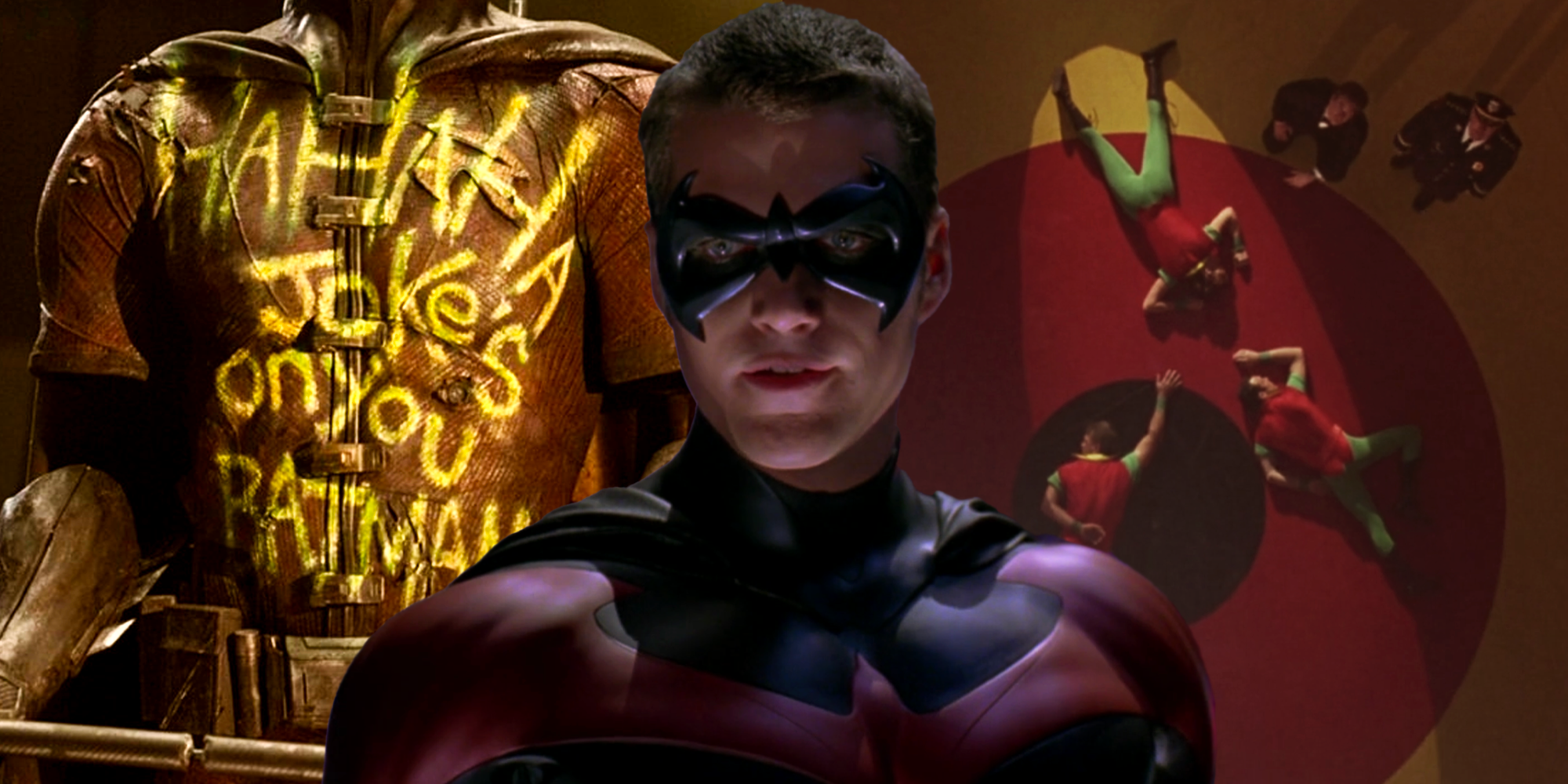
Why Is It So Difficult For Batman Movies To Get Robin Right?
Can James Gunn break the Boy Wonder’s losing streak and bring a good live-action Robin to the DCU in The Brave and the Bold?
3 Superman III Proves That Levity Can Be Taken Too Far
Superman III
While Superman and Superman II are considered timeless classics their two sequels, Superman III and Superman IV: The Quest for Peace are generally dismissed as forgettable and disappointing follow-ups. The first two Christopher Reeve-led films notably balanced a degree of playful irreverence with the necessary grandiosity of Superman adaptations, making for films that were epic yet lighthearted. Superman III, unfortunately, is infamous for relying too heavily on comedy and losing the balance of its predecessors, providing some important lessons for Superman: Legacy.
2 Batman Returns Defied Expectations In The Wrong Way
Batman Returns
In an effort to bring back Tim Burton and make lightning strike the same place twice in their Batman franchise, Warner Bros. offered Burton far more creative freedom in Batman Returns than he had in the 1989 film. Although Batman Returns has deservedly aged well among viewers, it caused significant controversy in 1992.
While 1989’s Batman had its fair share of violence, audiences were not prepared for the abundant innuendos and increased macabre qualities, resulting in an uproar from the parents of younger viewers. Plenty of recent DC films are as violent and explicit, if not more so, than Batman Returns, but the difference is that their mature content is expected. This strongly suggests the DCU needs to make its movie and show target demographics as explicitly clear as possible, especially given its first release is an adult cartoon, that could be misunderstood as child-appropriate by those who consider the medium synonymous with being child-friendly.
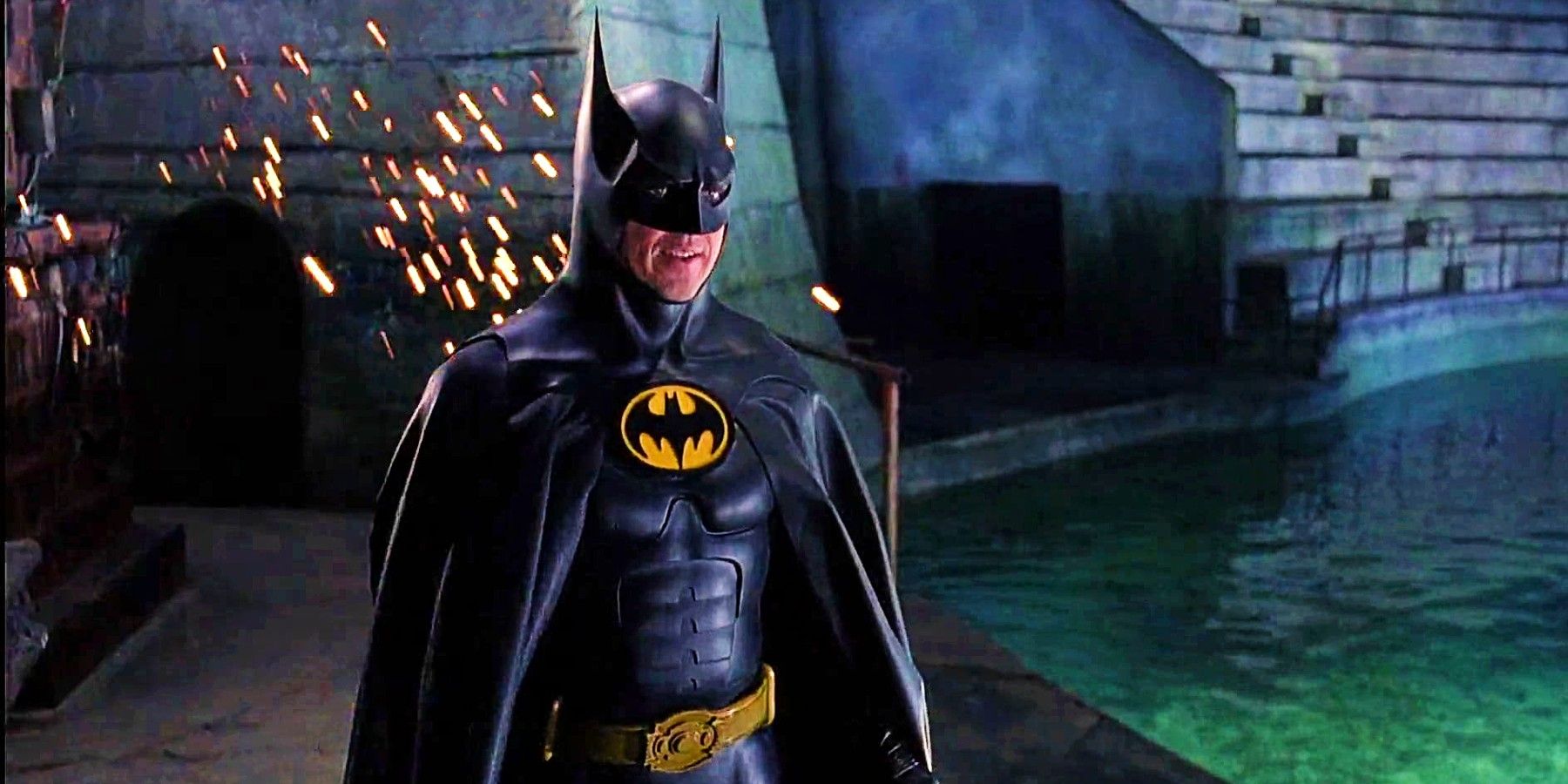
13 Batman Returns BTS Details You Never Knew
Tim Burton’s Batman Returns is a very unique Batman movie – we rundown 13 behind-the-scenes details of the making of Batman Returns you may not know.
1 Suicide Squad Proves The Importance Of Substance Over Style
Suicide Squad (2016)
All movies, DC Universe or otherwise, need to prioritize substance over style, but perhaps one of the worst examples of failing to do so is 2016’s Suicide Squad. The film attempts to replicate the success of the MCU’s Guardians of the Galaxy by assembling a team of misfits – in this case, a squad of supervillains – and creating a black comedy/action romp with gratuitous needle-drops. Unfortunately, in its attempt to mimic Guardians, Suicide Squad forgot to properly develop its characters and story, resulting in a film that failed to please critics and viewers, and subsequently providing a focused look at what most alienates audiences.







